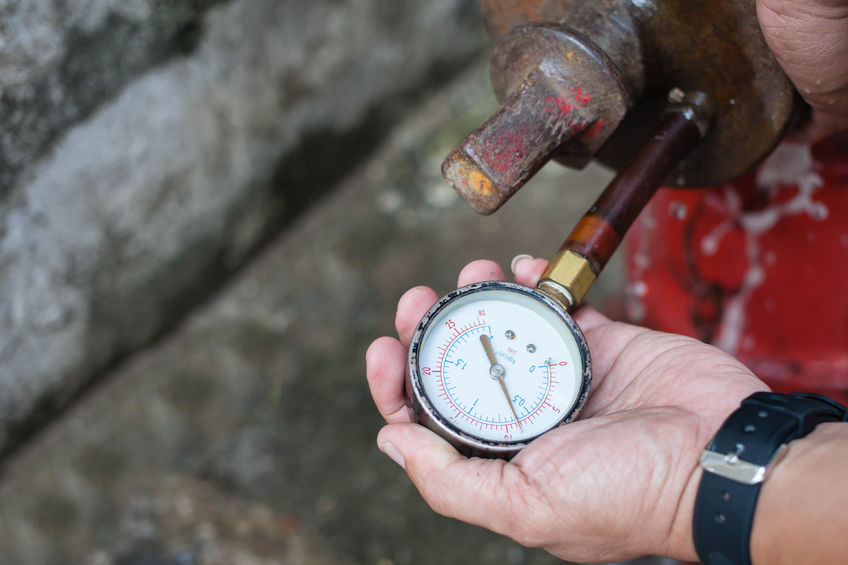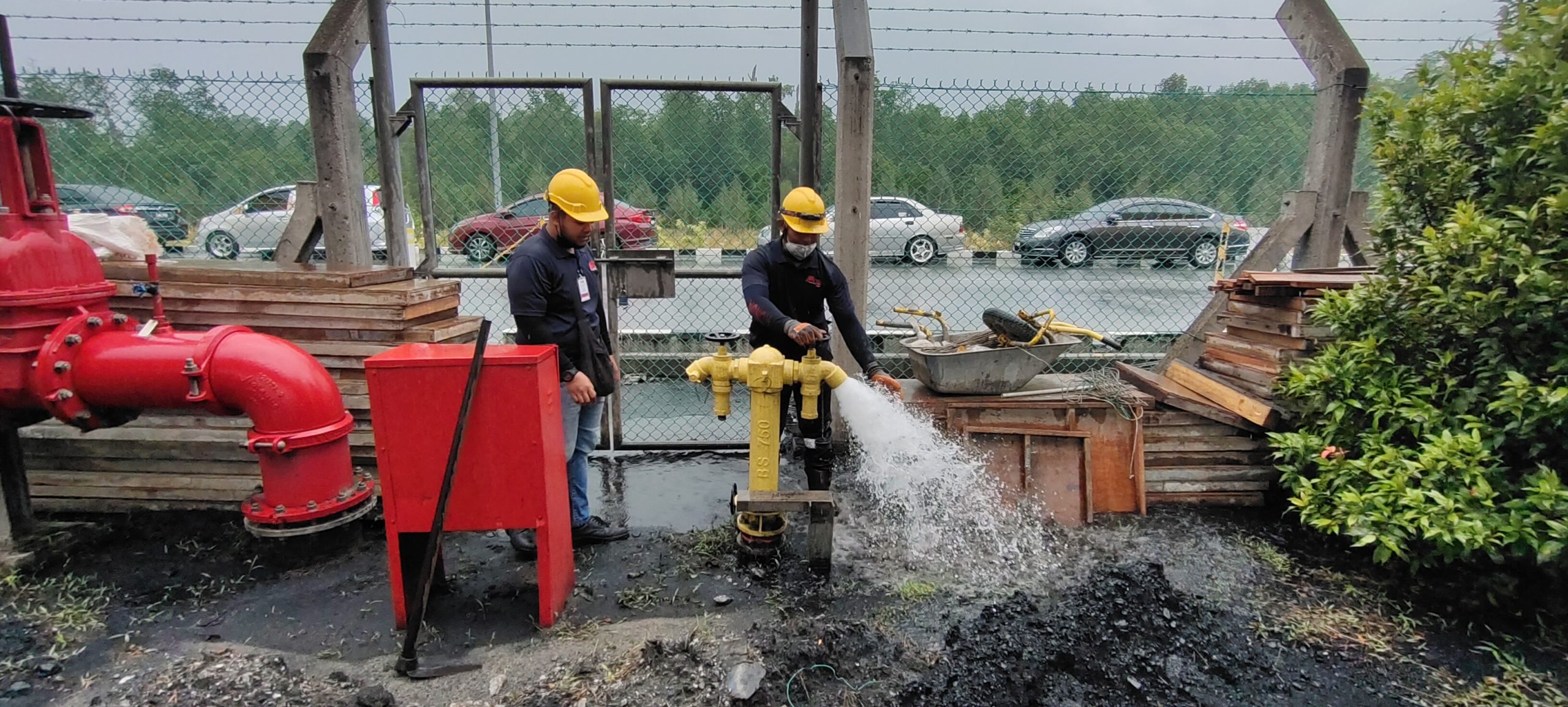

Fire Hydrant test
The capacity to supply water at an acceptable pressure and flow rate for public health and firefighting operations is ensured by routine fire hydrant testing. For the purpose of designing fire sprinkler systems for residential or commercial properties, the majority of jurisdictions also need hydrant flow tests. Every five years, flow tests should be performed on public fire hydrants to confirm their capacity and marking of the hydrant.
According to the NFPA 291: Recommended Practice for Fire Flow Testing and Marking of Hydrants (4.1.3), For efficient firefighting and to avoid backflow that can taint the public water supply, fire hydrants should maintain a residual pressure of 20 psi (pounds per square inch), or 1.4 bar.
How to conduct the Hydrant Test?
1. Locate the test by selecting many hydrants in the same spot.
2. Make a note of the residual hydrant’s pressure reading. This hydrant is used to measure both static pressure (when flow hydrants are closed) and residual pressure (when flow hydrants are open). The residual hydrant needs to be situated between the hydrant(s) that will be flowed and the substantial water mains that serve the area.
3. After flushing the residual hydrant to get rid of any silt, fasten a nozzle cap with a gauge to the output.
4. Release the main valve gradually till …
For further information about the fire hydrant test, talk with our expert.

The good news is AITO has capable technician that can possess the required abilities and information.


